From the standpoint of an electronic simulator, Earth can be represented by a voltage source whose voltage possesses the value of zero volts. From the simulator’s points of view, an earth ground possesses no distinction unique to a zero voltage source of direct or alternating current.
But this challenges the conventional view of an earth ground in as much as it provides for an opportunity for pulling current from out of the ground. This is considered to be impossible by conventional standards. But this is only impossible because of the limitation which conventional electrical engineering imposes upon our ideologies of electrical reactance requiring that electrical reactance exclusively depend upon an exterior source of voltage or current in order to have something to react instead of expanding our view of electrical reactance to include reacting off of the byproducts of electrical reactance, namely reactive power, itself! What a concept!
This self-feeding phenomenon of electrical reactance, feeding on its own byproducts and amplifying those byproducts thereby, induces the amplification of voltage and the reorientation of that amplified voltage to permit that voltage to pull current (rather than push it) making it possible to pull current from out of an earth ground. Another fantastic concept!
And with appropriate inductive coupling, this self-feeding phenomenon of electrical reactance can intensify the sensitivity to magnetically couple an overunity circuit to magnetic fields that are dozens of feet away making it possible to suck current from a conductive medium, such as a transmission wire, that's up to 50 feet away! Another fantastic concept!
Whoever was the engineer, the software engineer, who designed the circuit macro for a neon bulb, in Micro-Cap version 12 electronic simulator, deserves a Noble prize in physics for suggesting that a neon bulb (simulated in his manner of the artificial environment of electronic simulation), could contain – among its various behavioral characteristics (both analog and Boolean), the singular addition of – a synthetic Earth ground.
This is exactly what Eric Dollard claims Nikola Tesla succeeded in doing when he designed his magnifying transmitter in as much as his magnifying transmitter did not transmit through the air – nor did it transmit. The longitudinal wave that it created in the bedrock of the Earth appeared in the Earth as a standing wave lacking the normal characteristics of a transmission wave, namely it lacked a ripple moving forward in the direction of travel. Instead, it had a ripple moving both forward and backwards canceling each other out to create a standing wave.
But because he was using the Earth as his medium of so-called transmission, precluded Nikola from making use of the Earth as a source of ground for his equipment. Instead, he had to use the imaginary plane of the aether, alternately known as counter-space, to push against in order for his voltage to be operational.
If that were not enough of a discovery, get this…
I've made a teensy progress in my quest to understand how to build a transformer that would be equivalent to the transformer model of Paul Falstad's simulator modeling the eddy currents within the core of a transformer along with the capacitance which exists between the multiple coils of a transformer and between the core itself and the multiple coils that are wound around it.
Yet, my current understanding is not entirely satisfactory in as much as I am also required to expect that the coils (of this substitute of a Falstad transformer model) possess an inductance of 1 million Henry's for each of its coils. That's a heck of a lot of inductance required of a coil to make up for an imperfect model! But it's the best I can do at the moment.
Here's a simulation in which the Earth is represented as a zero voltage source in the lower right corner of the schematic…
https://tinyurl.com/apairofdeadbatteries
For comparison, here is a simulation in which the Earth is represented as a normal ground connection.
But if you look closely at the lower left corner of the following schematic, you'll notice that I have a transformer there in place of its substitute, up-above…
It keeps getting better..!
https://tinyurl.com/apairofdeadbatteries2
That capacitor in the lower left corner of the schematic is precisely the value of 17.0005 microfarads which is equivalent to the summation of two capacitances one of which is 17 microfarads and the other is 500 picofarads.
The addition of this capacitor makes it possible to increase the usage of Earth current to approximately 120 amperes, peak to peak, which supplies approximately 2 and 1/2 amperes of current to recharge each of the two dead batteries who are registering one microvolt, each.
This extra capacitor is placed in parallel with one of the two coils (the leftmost coil) of my rendition of a Paul Falstad transformer model.
This rendition (of my creation) substitutes his iron core transformer model with two air core coils, of one mega Henry each, and a capacitor of 27 microfarads plus a pair of self-shorted loops of wire possessing no more than one pico ohm of resistance within each loop.
This is quite a gain from the previous version of this simulation.
Better than a pair of dead batteries are a pair of shaded solar cells (used for powering pocket calculators) since dead batteries eventually become fully charged making them useless for any further charging.
https://tinyurl.com/apairofshadedsolarcells
All we want is their voltage and not much voltage at that! The current will be provided by this circuit’s ground connection (in the lower right corner of the schematic). Its scopes are highlighted in blue to focus our attention on its periodic strobe pattern of current and its zero wattage due to this circuit’s connection to Earth ground is referencing a zero potential measured as zero volts.
Thanks go to Byron Brubaker, an electrical engineer from Wabash, Indiana, who initially gave this advice to Joseph Newman, but Newman refused to replace his dry cell batteries with solar cells at the constant expense of having to replace his batteries since they’re not intended to suffer from any attempt to recharge them. They’re intended for single-usage and consequent disposal and replacement.
And thanks go to David Bowling who has a keen interest in recharging and reviving dead batteries. You can find him under his pseudonym of “Turion” on Energetic Forum.

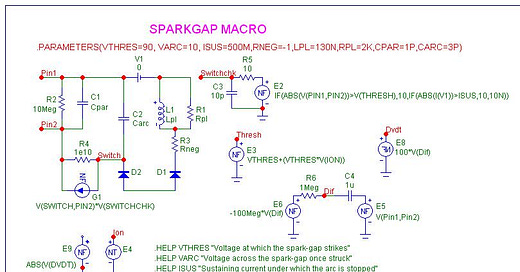



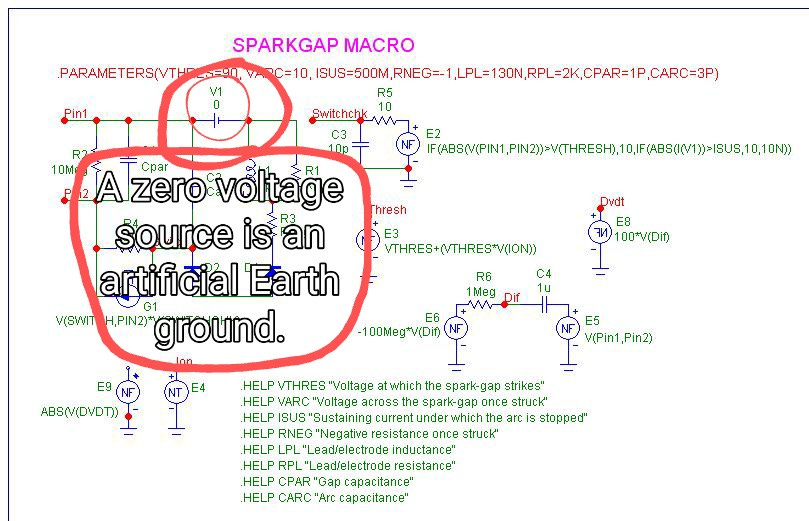



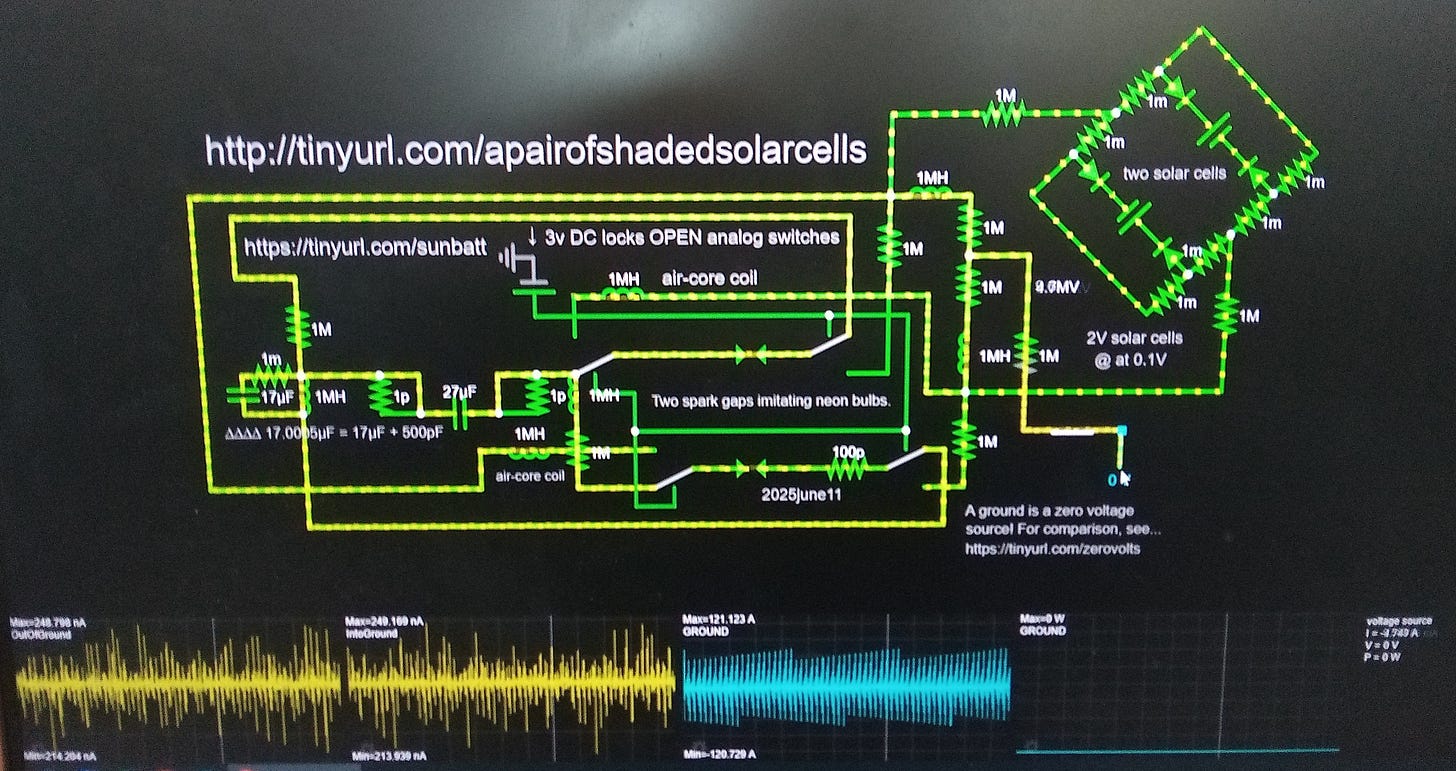


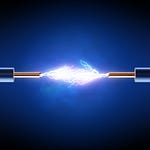
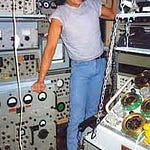



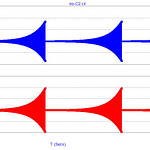
Share this post